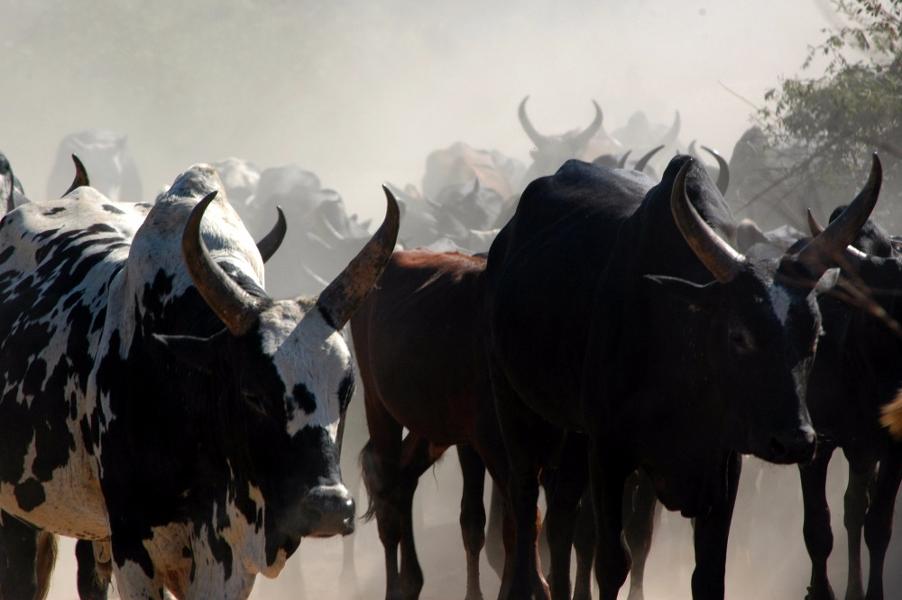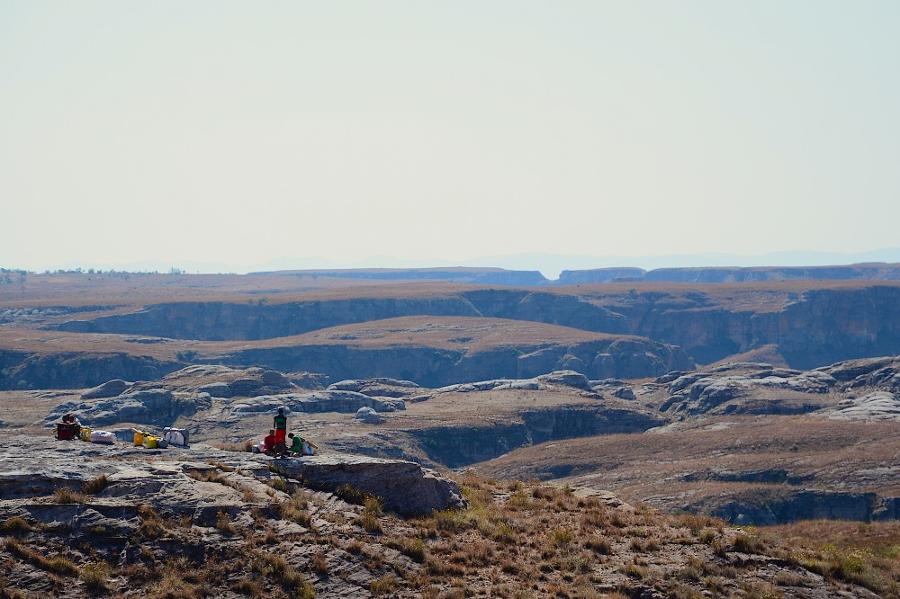
The Bara: A feared and admired people of Southern Madagascar
When talking about Madagascar’s Great South, the Bara immediately come to mind. This nomadic pastoralist people are renowned for their culture, which is influenced by African traditions while remaining distinctively Malagasy. Cattle rustling, zebu rodeo, ringa (wrestling), papango (traditional dance), famadihana (the turning of the dead), and savatse (collective circumcision) define this exceptional ethnic group.
Their land and history
The Bara are believed to be descendants of Rabiby, a Bantu African who arrived on Madagascar’s southwest coast with a thousand men.
Today, their territory is bordered by the Mangoky River to the south and stretches north to Beroroha, east to Midongy, and west to Sakaraha. They also inhabit the Isalo Massif and the Horombe Plateau.
The Bara are known as fierce warriors, feared by other Malagasy ethnic groups. They value their freedom deeply, defending it at the cost of their lives. Retaining their own monarchy, the Bara remain highly independent and have never submitted to any other authority within Madagascar.
They are also famous for their adornments (neck and head necklaces, pendants, talismans, African hairstyles), weapons (spears, knives, sabers, and especially rifles), and their deep reverence for cattle, symbols of power, prosperity, and pride.

A unique culture
The Bara territory is known for its harsh climate. The Great South is a desert! Women often walk for miles to fetch water for their families, while men travel great distances with their herds in search of fresh pastures.
The zebu: sacred and central to Bara life
The zebu, a sacred animal, plays a central role in the life and death of the Bara.
While some boys attend school, they are taught from a young age how to raise cattle. Adolescence marks the tradition of stealing zebu, a rite of passage proving their courage, maturity, and worthiness to marry. Unfortunately, this practice has been distorted over time, altering the meaning of the dahalo (cattle thief).
To hone their skills, Bara men engage in zebu wrestling—a sort of rodeo. Upon death, Bara families sacrifice as many zebu as they can afford. The skulls of these sacrificed zebu are displayed at the entrance of their tombs, often located in caves, to block access to these sacred sites.
Another striking aspect of Bara culture is the ringa, a form of wrestling, and the papango, a dance that mimics the flight of the hawk, or papango. During this dance, one man performs while suspended on a pole, while others dance on the ground below.
Like all Malagasy ethnic groups, the Bara practice famadihana (the turning of the dead) every five years and savatse (circumcision ceremonies), held approximately every seven years. The latter ritual allows male children to be recognized by their clan and gain the right to be buried in the family tomb.

The wonders of Bara territory
The Bara lands are more than just the arid Great South often associated with food insecurity. Their territory also includes extraordinarily beautiful regions such as the Andringitra Massif, the Makay Massif, Isalo National Park, Zombitse Vohibasia (a bird-watching paradise), and the Ihorombe Plateau.
The flora and fauna in these areas are incredibly rich and largely endemic. The southern route is among the most famous and cherished tourist circuits in Madagascar, offering breathtaking landscapes and unique cultural experiences.
